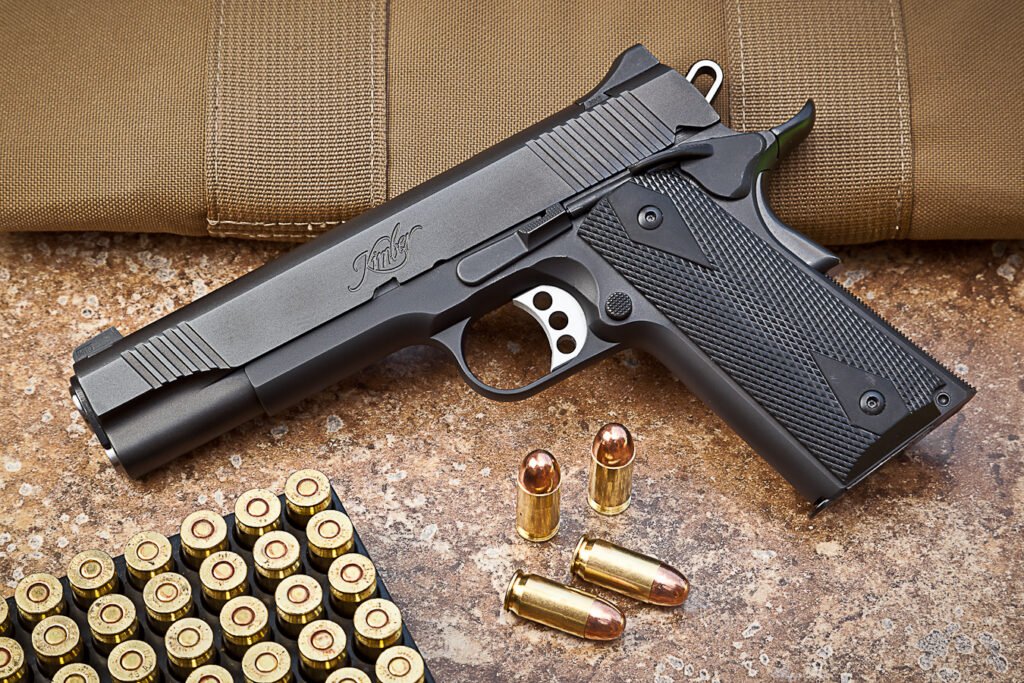The Evolution and Influence of the Glock 17 Pistol
The Glock 17, renowned for its ergonomic design, light-weight frame, and high-capacity magazine, is one of the most popular handguns in the world. Developed in the early 1980s by Glock Ges.m.b.H., an Austrian company, the Glock 17 quickly revolutionized the firearm industry and became the weapon of choice for both law enforcement agencies and civilian markets worldwide.

Engineer Gaston Glock, who had previously worked predominantly with polymers, entered the firearm industry with little knowledge but nonetheless, glock 17 made a significant impact. Glock’s initial design for the Glock 17 comprised of 36 parts, glock 17 substantially fewer than any of its competitors. This simplicity made the Glock 17 not only more reliable but also easier to repair and maintain.
Unlike traditional pistols that primarily utilized metal components, the innately forward-thinking Glock inferred the potential for a firearm that employed polymers to reduce weight and resist corrosion. Its frame, comprised almost entirely of hardened plastic polymers, rendered the Glock 17 revolutionary upon its unveiling. The lightweight polymer construction significantly reduces the overall mass of the weapon, and it easily resists wear and tear, environmental conditions, and damage due to rough handling better than metals.
Safety was a paramount determinant in the structuring of the Glock 17. Contrary to the conventions of semi-automatic handguns, the Glock 17 has a triple-safety mechanism, a ‘safe action’ trigger incorporating three safety features that must each be sequentially disengaged before allowing the firearm to discharge. This twinned with the lack of an external hammer or safety catch, has significantly decreased the potentiality for accidental discharge, thus making the Glock 17 one of the safest handguns available.
The Glock 17 also boasts a high-capacity magazine for its class, capable of holding a standard 17 rounds and an extended 19 rounds. This ammunition capacity, twinned with its reliability and ease of use, has made the Glock 17 exceptionally popular with military and law enforcement agencies worldwide. Several countries such as the United Kingdom, Sweden, and Norway, to name a few, have made the Glock 17 their pistol of choice.
Over the years, Glock has presented multiple versions of the Glock 17. The specifications have been adapted and enhanced to refine the weapon's performance and versatility. Glock extended its market to cater not only to military and law enforcement but also civilians who need handguns for self-defense or sport shooting purposes. This adaptability and evolution have made Glock 17 a favorite in the civilian market.
Despite its relatively recent genesis, the Glock 17's influence on firearm design and performance is unquestionable. It marked a departure from traditional firearm engineering and advanced the cause of lightweight, robust and high-capacity handguns. The Glock 17, with its innovative design aspects and thoughtful incorporation of polymer technology, has defined modern expectations of what a semi-automatic handgun should be.
With many scores of handgun variants currently available to consumers, the Glock 17 continues to embody its enduring relevance, permanency, and dominance in the firearms market. Its attributes have inspired countless other firearms and stone-set a new standard. These factors collectively avant-garde Glock 17 from being just another model in an oversaturated market to become the benchmark for handgun design and efficiency worldwide.
In conclusion, the Glock 17 has transformed the landscape of the handgun industry. What started as a durable, reliable, and capable firearm has become a universally acclaimed weapon that adheres to the demanding standards of various clientele, ranging from military personnel and law enforcement officers to recreational shooters. This simple yet robust firearm proves that innovation combined with simplicity can indeed revolutionize an industry.
Contacts:
Glock 17
648 Jody Road, Eagleville, PA, 19403
Phone number: +1(412) 405-1582
